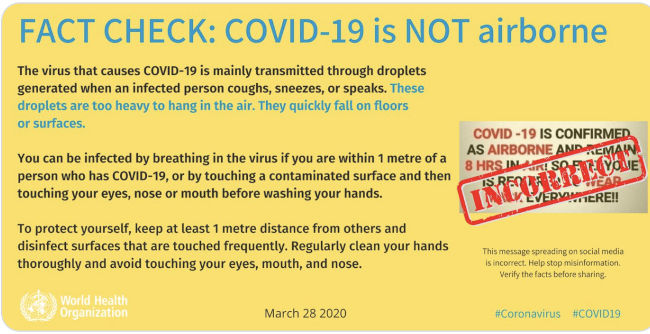
Geoengineering: De Facto Environmental Governance and Alternative Future Making
I first heard about Solar Radiation Modification (SRM)—a form of geoengineering meant to address climate change through planetary cooling—during the 2023 Arctic Circle Assembly in Reykjavik, Iceland, at a networking lunch for youth working in environmentalism. My Master’s thesis in Anthropology at the University of Iceland focused on Ungir Umhverfissinnar (English translation: the Icelandic Youth Environmentalist Association), which I (from the United States) had joined the board of both as a climate activist and engaged anthropologist. During my interviews and participant observation with the organization, geoengineering had never come up until my colleague from Ungir Umhverfissinnar and I were approached by representatives from Operaatio Arktis (OA). Intent on “ the polar ice caps and preventing global tipping points,” OA has followed prominent research advocates in fostering discussion around an SRM technique called Stratospheric Aerosol Injection (SAI). (read more...)







